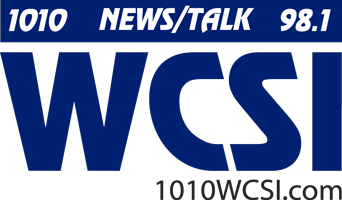Area dispatchers and paramedics see increased workload
Clarifications: An earlier version of this article had information that was incomplete. It has been updated.
Emergency dispatchers and paramedics are seeing an increased workload.
The Columbus Emergency Ambulance Board met Thursday afternoon at city hall. Mary Ferdon, the city’s director of administration, explains that this is an annual meeting required by ordinance, as CRH is contracted with the city and county to provide ambulance services through the end of 2020.
Adam Hoskins, EMS manager for Columbus Regional Health, delivered the presentation. Figures from 2018 indicated a one-percent increase in overall call volume over 2017. Hoskins says that of those 11,380 calls, about 27 percent were “non-emergency.”
Response times were a bit slower compared to 2017. Hoskins says the average city response time in 2018 four-minutes and 50 seconds. That’s 20 seconds slower than 2017. The average county response time of 10 minutes and 43 seconds is 21 seconds slower that 2017 figures. CRH says these delays were anticipated due to construction on I-65 between Columbus and Seymour and flooding issues throughout the year.
The number of ambulance sites have also decreased from five to four. One ambulance was removed from Fire Station 6 in Walesboro and moved to the ambulance station on Central Avenue. That change was made because the Walesboro ambulance was not utilized as often as originally hoped.
Hospital officials say that they are still beating the response times required under their contract. The city/county contract requires that an ambulance be on scene within 9 minutes, 90% of the time. CRH met that goal 91.6% of the time. County responses require arrival in less than 18 minutes, 90% of the time. CRH hit that mark 92.2% of the time.
CRH says their ambulance service had a net-loss of approximately $72,000 in 2018. Hoskins explains that their largest provider is Medicare, which pays $247 per ambulance trip. Second is Medicaid, which pays only $97 per trip. Hoskins says the average non-emergency ambulance ride is billed at $701. Officials say they will continue to take steps to reduce the red ink. This includes taking additional non-emergency runs and other measures.
City Councilman Frank Miller, a member of the EAS Board, expressed concerns about the increasing number of calls. He says that there is a need for new dispatchers at the Emergency 911 Center. To better study the issue, Miller is set to spend time at the dispatch center Friday afternoon to observe. Miller says he expects additional discussions at the county and city levels next month to address his concerns.
